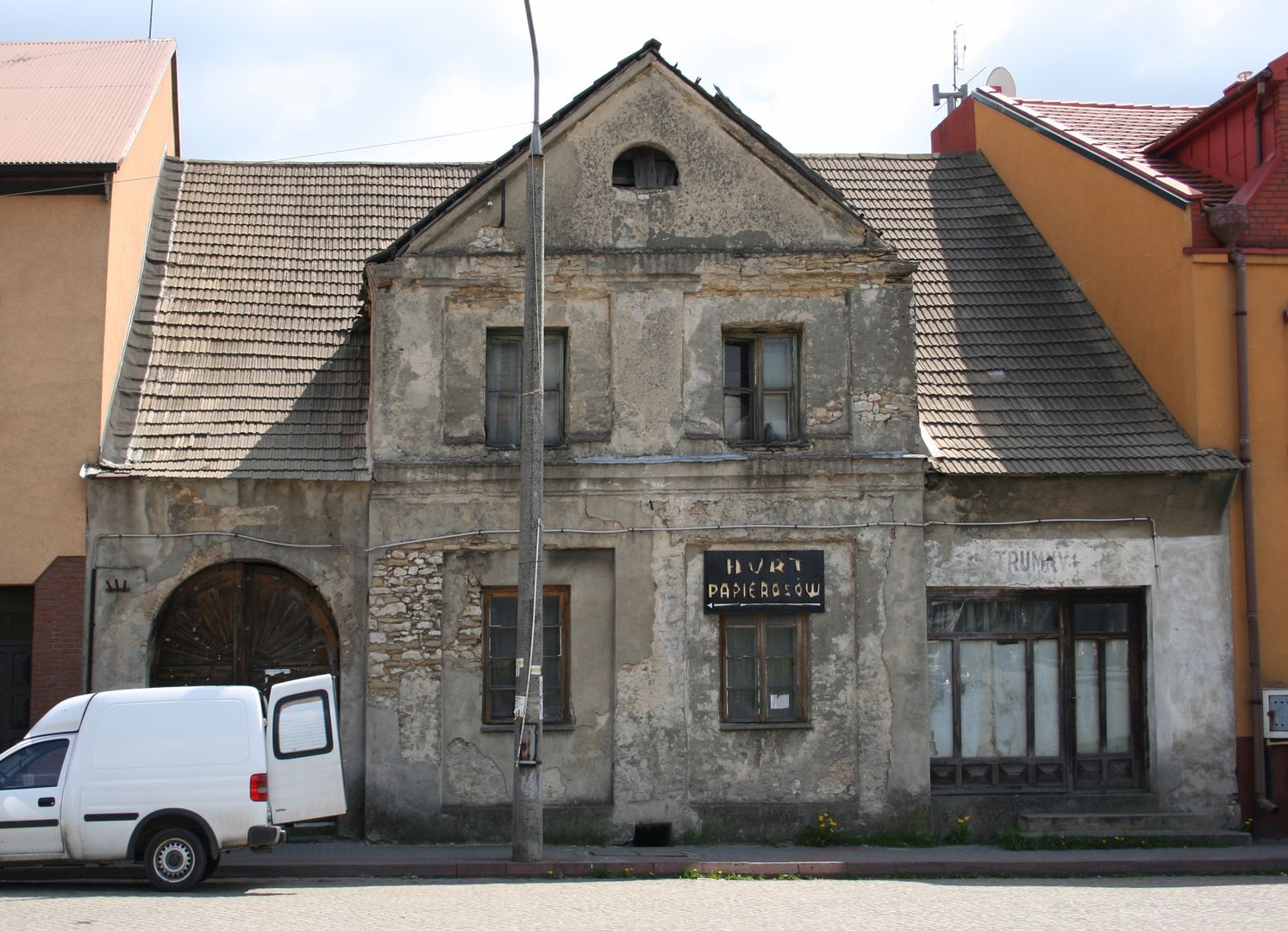Kozieglowy
6.72

Overview
Koziegłowy is a town in Poland, located in the Silesian Voivodeship, serving as the seat of an urban-rural municipality with a rich history dating back to the 14th century. It was granted town rights in 1402, lost them in 1870, and regained them in 1950. Historically, Koziegłowy belonged to the Kraków Bishopric and the Duchy of Siewierz. The town's name has medieval origins, and its etymology is linked to the nickname "Kozia Głowa" (Goat's Head), referring to the area's terrain formation. Among its historic landmarks is the 15th-century Church of St. Mary Magdalene, featuring a Gothic presbytery and a Baroque nave, as well as chapels, Gothic sculptures, and tombs from that period. Koziegłowy developed trade, crafts, and education, with a local parish school and graduates who went on to study at Jagiellonian University. The town participated in significant historical events, including the November and January Uprisings, which led to the loss of its town rights in the 19th century as a reprisal for its inhabitants' patriotism. The period after World War I brought stability, and after World War II, Koziegłowy gained a place in the new Silesian Voivodeship. An interesting fact is that the town was featured in the Polish version of the "Who Wants to Be a Millionaire?" game show, with a question about "koziegłowianki" (female inhabitants of Koziegłowy), highlighting its local distinctiveness and linguistic connections. Koziegłowy also witnesses diverse economic development, including the food industry and the production of artificial Christmas trees. The town is home to two parishes: the Roman Catholic Parish of St. Mary Magdalene and the Old Catholic Mariavite Parish of St. Paschal Baylón. Koziegłowy is a place that blends rich history, architectural heritage, and cultural elements into a cohesive whole.
Location
2025 Wizytor | All Rights Reserved